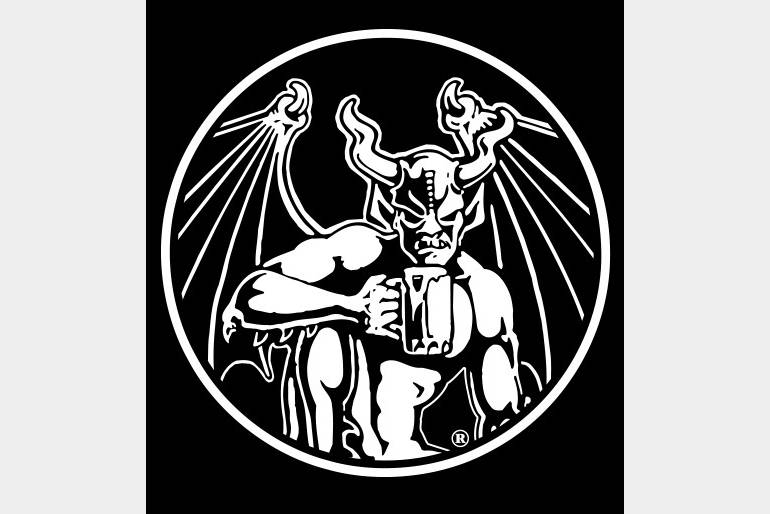Start 14-Day Trial Subscription
*No credit card required

The Rising Tide of San Diego Craft Beer
San Diego’s perfect weather, sun-soaked beaches and laidback lifestyle draw a year-round influx of tourists in search of the ideal getaway. Last November, those lures took a backseat to San Diego Beer Week, a 10-day extravaganza celebrating one of the area’s most prized exports. This new event provided opportunities for tourists and locals alike to see, sip and savor the brewing mecca’s burgeoning beer culture through more than 300 events at breweries, bars, restaurants, hotels and a host of other venues throughout the namesake county.
“San Diego Beer Week further solidified our place on the map as the Napa Valley of U.S. beers,” said Chris Cramer, the co-founder of Karl Strauss Brewing Company, which was the first brewery established in San Diego post-Prohibition. “Across the board, people were wowed.”
Such a hearty inaugural effort is to be expected from an area that is home to 35 brewhouses and some of the most revered brewers in the American craft beer industry. Today, San Diego is well known as a hotbed of brewing innovation and a haven for all things imperialized, but a peek a mere 15 years in the rearview reveals a county that led the nation in Coors Light accounts, ran scarlet with ubiquitous uninspired “red ales” and was home to thankfully long-departed brewers who employed fruit juices as flavoring ingredients and used weed whackers to mix their mash.
Back then, San Diego’s scene was in its infancy and resembled the brewing equivalent of the Wild West, with fledgling brewpubs popping up like saloons manned by an ambitious sect of homebrewing gunslingers charging into the commercial arena with a great deal of passion but little business savvy, hoping to turn their hobby into a legitimate vocation.
TRAILBLAZERS
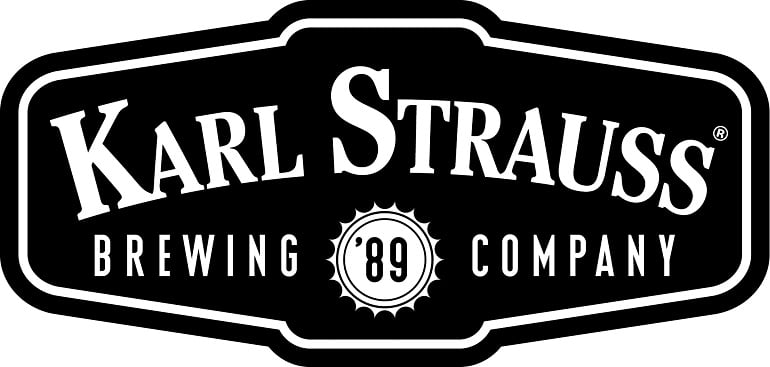 San Diegans got their first taste of local beer on Feb. 2, 1989, when Karl Strauss Brewing Company opened its doors to a thirsty line snaking around the corner of the brewery-restaurant’s downtown space. The public’s instantaneous curiosity confirmed the logic of its founders, Cramer and Matt Rattner – Stanford graduates inspired to enter the beer trade after tours of brewpubs from the Pacific Northwest to Australia – and their decision to open their own operation in America’s Finest City.
San Diegans got their first taste of local beer on Feb. 2, 1989, when Karl Strauss Brewing Company opened its doors to a thirsty line snaking around the corner of the brewery-restaurant’s downtown space. The public’s instantaneous curiosity confirmed the logic of its founders, Cramer and Matt Rattner – Stanford graduates inspired to enter the beer trade after tours of brewpubs from the Pacific Northwest to Australia – and their decision to open their own operation in America’s Finest City.
“We thought it was a great market because, by nature, San Diegans focus on quality of life and are both adventurous and willing to try new things,” said Cramer, a fourth generation San Diegan who called on the expertise of his cousin, Karl Strauss, a respected Bavarian brewmaster, to develop the company’s recipes.
“In the early days, we made an effort for accessible styles and lots of them,” said Rattner. Karl Strauss’s introductory line included a golden ale, a brown ale and an amber lager; a bit basic by today’s standards but brand new and even a bit scary to many of their early customers.
“When we first opened, people wondered if local beer was safe to drink and referred to our amber lager as a dark beer,” said Cramer. “We had so far to bring people.”
To that end, Cramer and Rattner tip their hats to fellow pioneers like Vinnie Cilurzo, who opened the ahead-of-its-time and now-defunct Blind Pig Brewing in nearby Temecula in 1994 before moving on to establish Santa Rosa’s acclaimed Russian River Brewing Company and Gina Marsaglia, a former Karl Strauss employee who went on to take the reigns of the infamous Pizza Port restaurant operation, which started commercially brewing in 1992. Both went in a different direction, offering intensely flavored brews that pushed the boundaries of a number of beer styles, one of which, Marsaglia’s Old Boneyards Barleywine, garnered the San Diego area’s first-ever Great American Beer Festival (GABF) medal in 1994.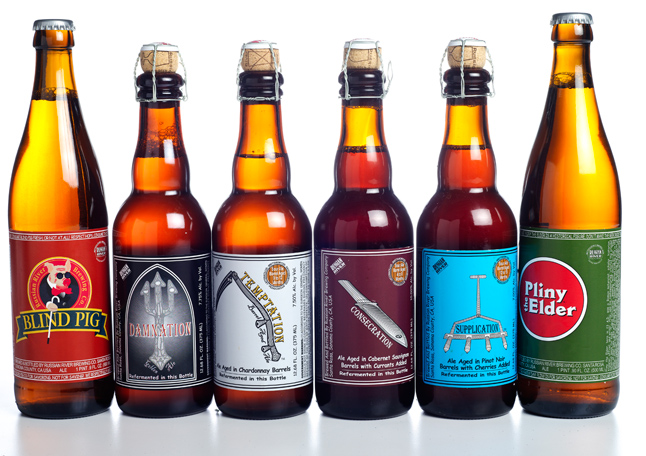
Other early San Diego brewing operations included Callahan’s, a brewpub that also opened in 1989 and continues to thrive (in unison with its spin-off venue, San Diego Brewing Company), Hops! Bistro and Brewery, Cerveceria La Cruda and Baja Brewing Company. The latter pair were remarkably similar in that they both opened in 1996 and were gone by 1997, were the country’s first and second Mexican-themed brewpubs, were located just a few blocks from each other and employed many of the same brewers.
One of those brewers, Tomme Arthur, made the best of the short-lived Cerveceria La Cruda venture by earning a GABF gold medal in 1996 with his Makanudo Porter and positioning himself to join Pizza Port the following year as their head brewer. He has since gone on to become one of the nation’s most respected brewers by crafting dozens of award-winning beers for Port Brewing and its wildly popular high-end Belgian-inspired offshoot, the Lost Abbey.
Pacific Beach Brewhouse was another early operation that struck GABF gold. Their medal-winning Belgian Strong Ale inspired Skip Virgilio, a longtime homebrewer, to go pro by starting his own artisanal brewery, AleSmith, in 1994. That company went on to be named the 2008 Small Brewing Company of the Year at the GABF, following in the footsteps of Port Brewing/the Lost Abbey, which earned the same distinction in 2007. Two of Pizza Port’s three outposts have also won Small Brewpub of the Year at the GABF over the past decade. Ironically, it’s Jeff Bagby, the head brewer and director of brewery operations for the 2009 honoree, Pizza Port Carlsbad, who remembers San Diego’s 90’s-era brewpubs as being pedestrian and “faddish.”
“Homebrewers were making more creative beers, and we wanted more,” said Bagby, who started homebrewing during his college days and later became a faithful patron of the company he now helps direct.
“But brewpubs were the opportunity,” Chuck Silva, the brewmaster at Green Flash Brewing Company, said. “Brewpubs introduced pale ales, India pale ales (I.P.A.) and Belgian ales to San Diego beer drinkers.”
THE NEXT LEVEL
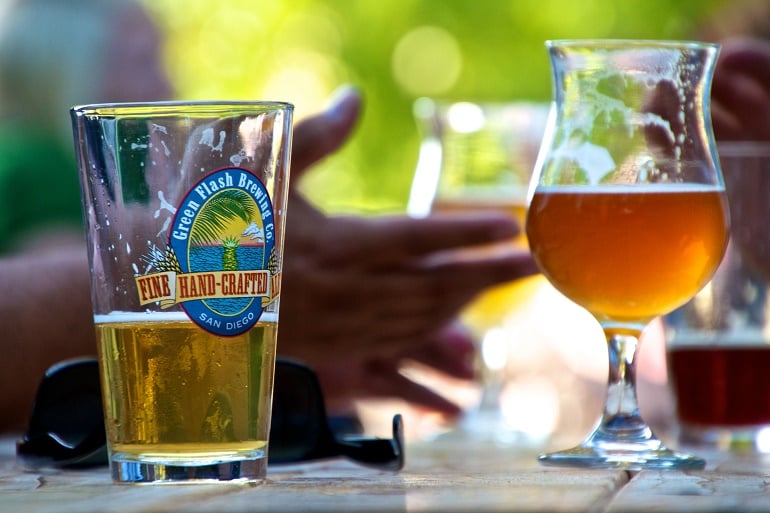 The road to notoriety for San Diego’s beer scene was paved in Stone and hops. The former, Stone Brewing Company , opened in 1996 and made an immediate impact using the latter to produce aggressively hopped and unapologetically bitter beers. Thanks to Stone’s establishment of its own distribution operation, which also shipped out beers produced by other forward-thinking local breweries, the national craft beer spotlight soon shifted toward the southwest.
The road to notoriety for San Diego’s beer scene was paved in Stone and hops. The former, Stone Brewing Company , opened in 1996 and made an immediate impact using the latter to produce aggressively hopped and unapologetically bitter beers. Thanks to Stone’s establishment of its own distribution operation, which also shipped out beers produced by other forward-thinking local breweries, the national craft beer spotlight soon shifted toward the southwest.
There are a number of beers spanning a broad range of styles that helped make a name for San Diego as a brewing bastion – Ballast Point’s, Yellowtail Pale Ale, a Kölsch that served as the gateway beer inspiring many a drinker’s transition to craft beer; Green Flash’s biting West Coast India Pale Ale; AleSmith’s graceful yet powerful 12 percent Speedway Stout. The list goes on and on, but when asked what beer played the biggest role in putting San Diego on the craft brew map, the answer among the area’s brewers is unanimous.
“The lack of a beer culture in San Diego equaled a clean slate that allowed us to be fairly unconventional and be successful at it,” said Stone Brewing’s C.E.O., Greg Koch.
“Stone Arrogant Bastard Ale,” said Tom Nickel, a former brewer for Pizza Port and Oggi’s Pizza and Brewing Company and the owner of O’Brien’s Pub, one of San Diego’s longest-tenured craft beer bars. “It was a watershed beer for sure; different, darker and stronger than anything else. Every beer writer and publication reviewed it and it became a big talking point.”
The media wasn’t the only faction that became enamored with the robust brew, which defied classification, was extreme in every way imaginable and was marketed using the taunting slogan, “You’re not worthy!” The beer-drinking public also went head over heels for the in-your-face libation.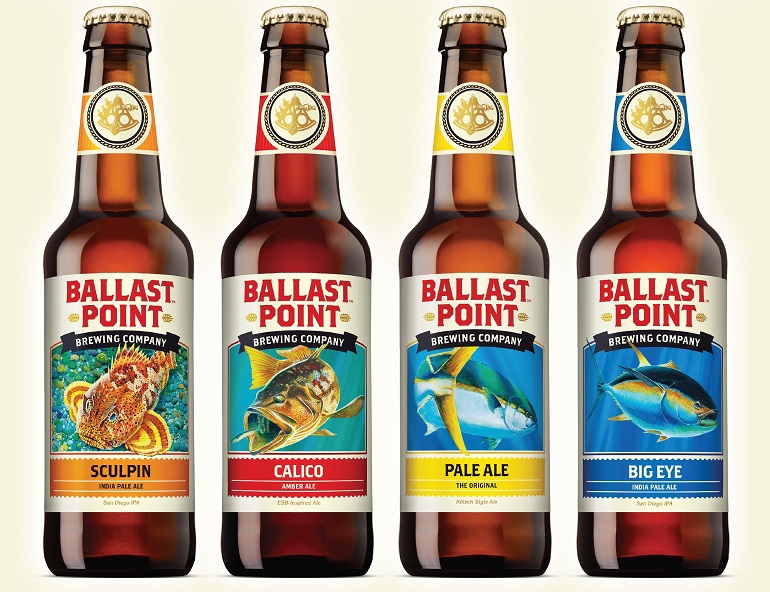
“I remember when Stone brewed the first tank of Arrogant Bastard. Right away, we all knew it was going to be huge,” said Bagby, who entered the beer industry as a driver for Stone in the mid-90’s. “Instead of delivering two cases to our accounts like we did for our other beers, we would be delivering 20. Stone was one of the first brewing companies to say, ‘Here’s what you’re going to drink,’ and people responded."
“The lack of a beer culture in San Diego equaled a clean slate that allowed us to be fairly unconventional and be successful at it,” said Stone Brewing’s C.E.O., Greg Koch, whose haughty slogans – “fizzy yellow beer is for wussies,” “hated by many, loved by few,” and “it’s not too expensive… you’re too cheap” – forced beer drinkers everywhere to take notice, at first of the company and, eventually, the place it called home.
“This was a brewpub town until Stone came in,” said Arthur of Port Brewing/the Lost Abbey. “They were the first to send out beer that said ‘Bottled in San Diego’ on it. It was a big deal and it changed the perceptions of this town around the country.”
It was quite an accomplishment and one San Diego’s brewing community wished to replicate in their own backyard, where, surprisingly, beer drinkers were nowhere near as quick to reach for the beers the rest of the country had begun clamoring for.
“San Diegans were convinced beer had to come from someplace else to be culinarily and culturally significant,” Koch said.
“In the mid-90’s, there was a lot of out-of-town beer coming to San Diego from Oregon, San Francisco and other places,” said Nickel. “We knew we were making good beers, but to get people in San Diego excited about us doing local beer we had to do stuff one better than the well-established beers.”
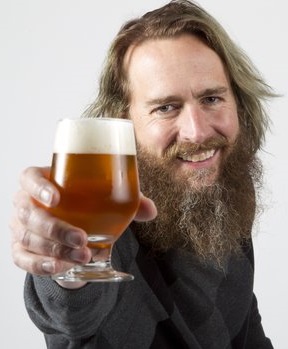 “One way to stand out was to amplify one of beer’s four basic components,” Arthur said. The most flavorful and, until then, least experimented with of those components was hops. San Diego brewers developed methods for artfully packing copious amounts of various hops into a number of beer styles, most notably their pale ales and I.P.A.’s.
“One way to stand out was to amplify one of beer’s four basic components,” Arthur said. The most flavorful and, until then, least experimented with of those components was hops. San Diego brewers developed methods for artfully packing copious amounts of various hops into a number of beer styles, most notably their pale ales and I.P.A.’s.
“It was basically a pissing match and us saying, ‘We’re going to top that,’” said Arthur. “First it was the ‘hop slam’ with the East Coast and then the hop rivalry between northern and southern California. It all came down to one-upmanship. Hops is a local flavor because San Diego’s brewers have done it successfully on a competitive level.”
“Hops were the base we built off of,” Colby Chandler, the brewmaster for Ballast Point, noted. “I.P.A.’s put us on the map but also gave us the foundation to make more interesting beers. We’re strong in all styles of beer and can offer all of those things with local products.”
When asked what will be the next big-wave beer style to flow out of San Diego, Rattner said, “It’s hard to say. It could be sours, lambics or one-off styles. It almost doesn’t matter. Whatever it is, it’ll be good.”
Justifying that confident decree, Arthur added, “The people making beer in this town are great at what we do. We’re young and we’re not retiring anytime soon.”
UNITED THEY STAND
“We all came up together at the same time so there’s a lot of respect and camaraderie,” said Silva of his local contemporaries.
As naturally competitive as they are creative, San Diego’s brewers work to leapfrog each other with their inventive brews, but they remain an extremely close-knit group who harbor a great deal of respect for each other and realize there is a lot more to be gained by working together rather than against one another. When a company lacks manpower, machinery or supplies – asmany did during the 2007 hop shortage – the haves lend a hand to the have-nots to keep the local industry running as smooth and as strong as a well-aged imperial stout.
“We don’t screw each other,” Arthur said. “The rising tide floats all boats.”
The primary vehicle for their greatest collaborative achievements is the San Diego Brewers Guild, which was established in 1996 and is comprised of representatives from all of San Diego County’s breweries. Over the past 14 years, this volunteer organization has been responsible for craft beer education, advocacy and advancement on a grassroots and national level.
“Most guilds are statewide,” said Cramer. “Because of our guild’s local nature, members of our community get to grow and collaborate with each other and really see the mutual benefit of the Guild’s efforts to move craft beer forward.”
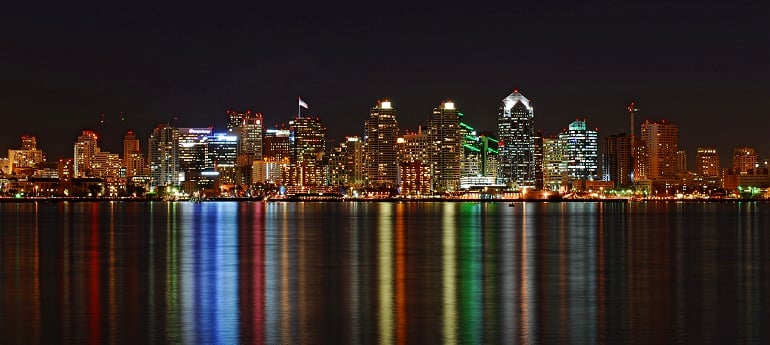
When the Craft Brewers Conference (CBC) came to San Diego in 2004, Guild members pulled together to showcase the region, its brewers and its thriving beer culture. Many eyes were opened, to the extent that the CBC returned to San Diego in 2008 in tandem with the World Beer Cup competition. Lessons learned from those endeavors helped to make the Guild’s latest undertaking, San Diego Beer Week, a similarly eye-opening, out-of-the-gate success.
“We’re a beer city destination,” said Bagby. “People who come here can hit State Route 78 and check out Stone, Port, Lost Abbey and Green Flash.” To focus solely on that suds-drenched stretch of highway, which also includes off-ramps leading to San Marcos Brewing, Oggi’s, Back Street Brewery, Oceanside Ale Works and Breakwater Brewing Company, would be to ignore 30th Street, a centrally situated thoroughfare housing some of San Diego’s most popular craft brew bars and restaurants, as well as the plethora of breweries and beer venues located all across the county. It is a vast and vibrant scene and one that shows no sign of slowing down.
“San Diego Beer Week was the tip of the iceberg for what’s possible,” said Nickel, who, along with his Guild colleagues, is already hard at work planning this year’s San Diego Beer Week and, like his colleagues, has an optimistic eye trained on the sunny horizon.
“I’m excited about the next 10 years. Now that there’s a consumer base, we can really let loose,” said Arthur. “San Diego is not a flash in the pan. In this town, anything is possible where brewing is concerned and, for that, I am thankful to be home."



